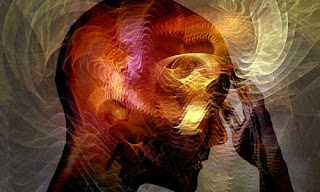In the book Leadership
by Virtue I refer to martial arts philosophies and Wing Chun principles with
regard to a personal growth for those who strive to become an outstanding leader.
Here I’d like to share some Wing Chun basics to illustrate this relationship:
Efficiency and effectiveness are both the
hallmarks of Wing Chun. Out of these hallmarks spring three main principles:
central line, economy of movement, simultaneous attack and defense. And these
principles serve right only if you have cultured three roots: balance,
structure and stance.
 A correct stance is like a bamboo, firm but
flexible, rooted but yielding. It gives us power to either deflect external
forces or redirect them. Balance is connected to a structure that is embedded
within a stance. A correct structure is not important just for the defense, but
also for the attack. Being effectively ‘rooted’ or aligned against the ground enables
the force of the hit to be taken and absorbed by the ground. Why a good leader
has to have a stable stance I have already explained in my Leadership and stability blog post.
A correct stance is like a bamboo, firm but
flexible, rooted but yielding. It gives us power to either deflect external
forces or redirect them. Balance is connected to a structure that is embedded
within a stance. A correct structure is not important just for the defense, but
also for the attack. Being effectively ‘rooted’ or aligned against the ground enables
the force of the hit to be taken and absorbed by the ground. Why a good leader
has to have a stable stance I have already explained in my Leadership and stability blog post.


































